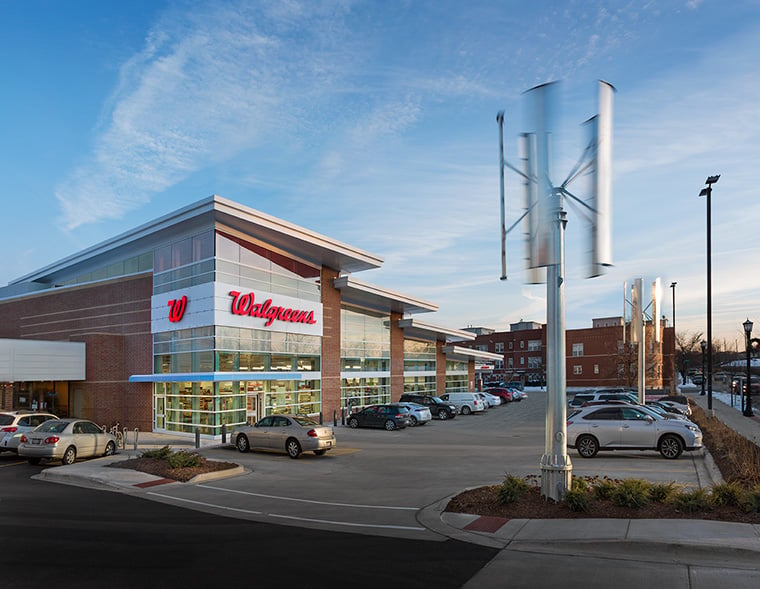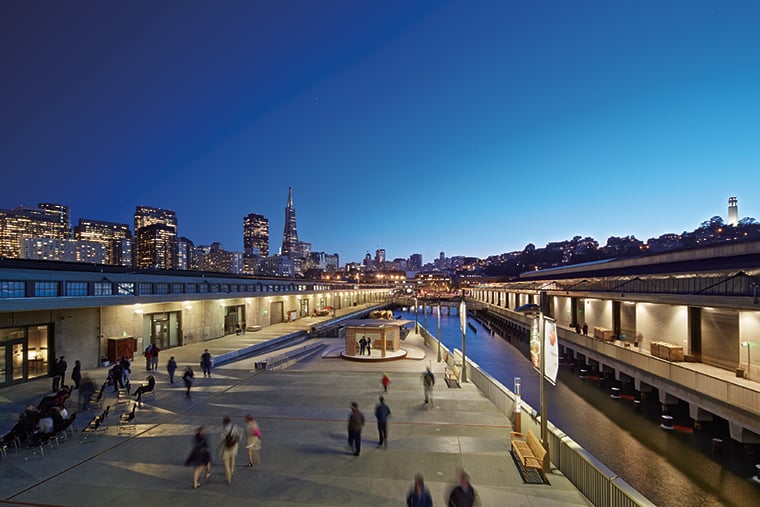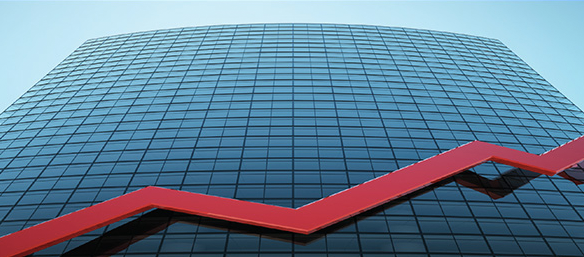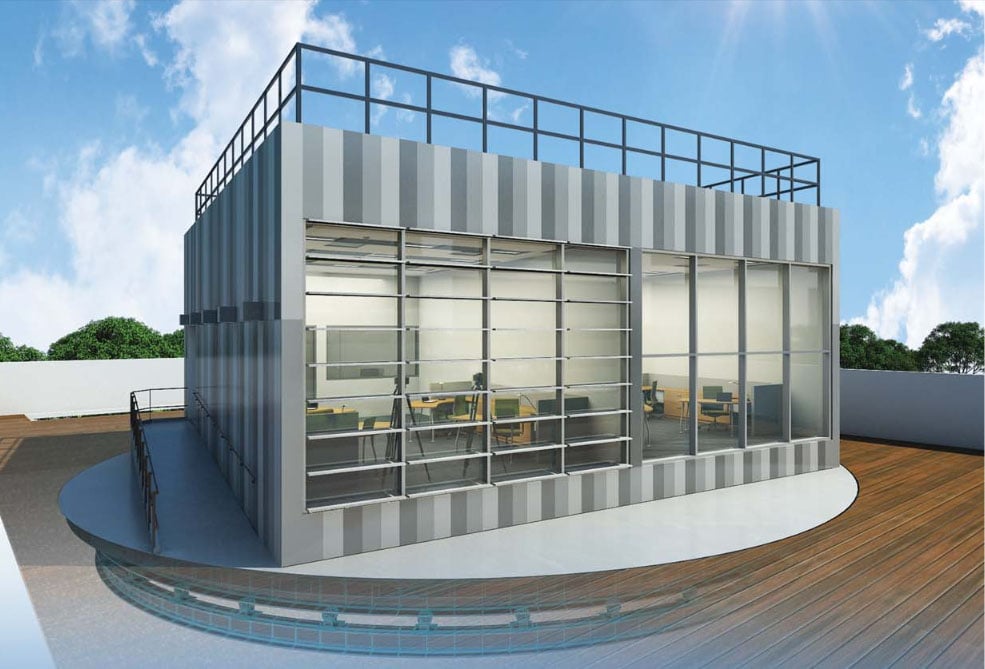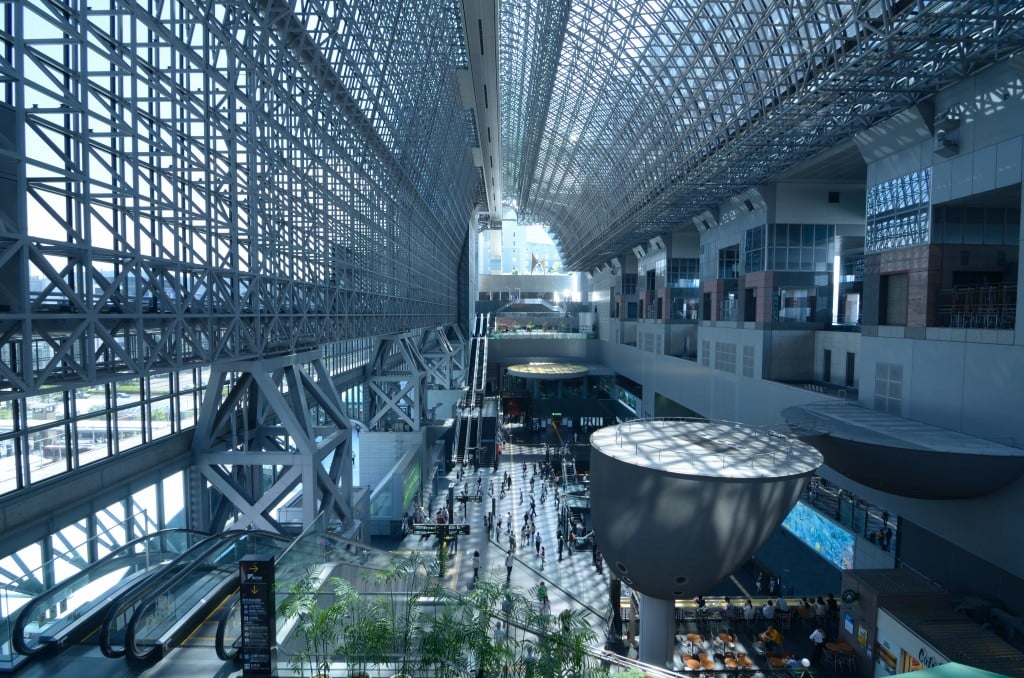NYSERDA Uses Data to Accelerate Low-Carbon, High-Performance Technologies
To prove that high-performance buildings that are comfortable can be built and at a reasonable cost, the New York State Energy Research and Development Authority (NYSERDA) launched a $40 million multi-round competition in 2019 called Buildings of Excellence.
With New York’s goal of reducing greenhouse gas emissions 85% by 2050, as outlined in New York’s Climate Leadership and Community Protection Act, the Buildings of Excellence Competition targets developers, architects and engineers who are committed to demonstrating innovative multifamily building strategies and carbon neutral technologies. The competition awards funding to projects that range from state-of-the-art new construction to gut rehab renovations.
Data as Evidence
NYSERDA is updating the data monthly for all 42 projects that have received funding in Round 1 and Round 2 of the competition. The preliminary data and analysis can show correlations between identified building attributes and overall project costs. Most projects in the competition are mid-rise buildings between four and 25 stories in height, but awarded projects include buildings as tall as 49 stories, with mixed-use occupancy on the lower floors.
The data, which is available for download, includes proposed building costs; anticipated NYSERDA incentives and tax credits; and calculated incremental cost after tax credits and incentives. The data also dives into the cost data for the technologies used in the buildings, such as HVAC, building envelope and smart buildings controls systems costs.
NYSERDA indicated a common question they receive relates to how much it costs to build a carbon-neutral building. The competition provides data for all the projects to show that comfortable, accessible and highly efficient carbon-neutral buildings can be constructed cost-competitively to traditional dwellings.
Analyzing Technologies’ Data
The majority of the projects in the competition are using variable refrigerant flow (VRF) air-source heat pumps for space conditioning. Other technologies being used include ground source heat pumps, as well as air-source mini- and multi-split heat pumps. All projects awarded through the competition use electrified space-conditioning solutions. Approximately 75% of the awarded projects use electricity to produce domestic hot water, and all Round 2 projects are fully electrified, meeting NYSERDA’s definition of carbon neutral or carbon neutral-ready.
Projects using VRF air-source heat pumps “show the lowest incremental cost before incentive, awards and tax credits. But after those tax credits and incentives are applied, the projects are shown to have the second-highest incremental cost, meaning this may look like a very advantageous solution at the beginning of the project,” according to NYSERDA, based on their analysis of the March update to the data. “But you need to look at the whole picture and understand the incentives and tax credits that are available for different building systems.”
According to NYSERDA’s data, ground source heat pumps and mini-split systems have the lowest incremental cost and have the lowest average annual energy cost per square foot across the projects. This analysis is representative of the data provided by projects in March of 2021–the data is subject to change and will be updated as projects move from providing design estimates to actual construction costs.
For more information about the competition, read more here. To download the competition’s data, select “What Does It Cost to Construct Buildings of Excellence” and then select the latest month’s “Building of Excellence Construction Cost Data.”
